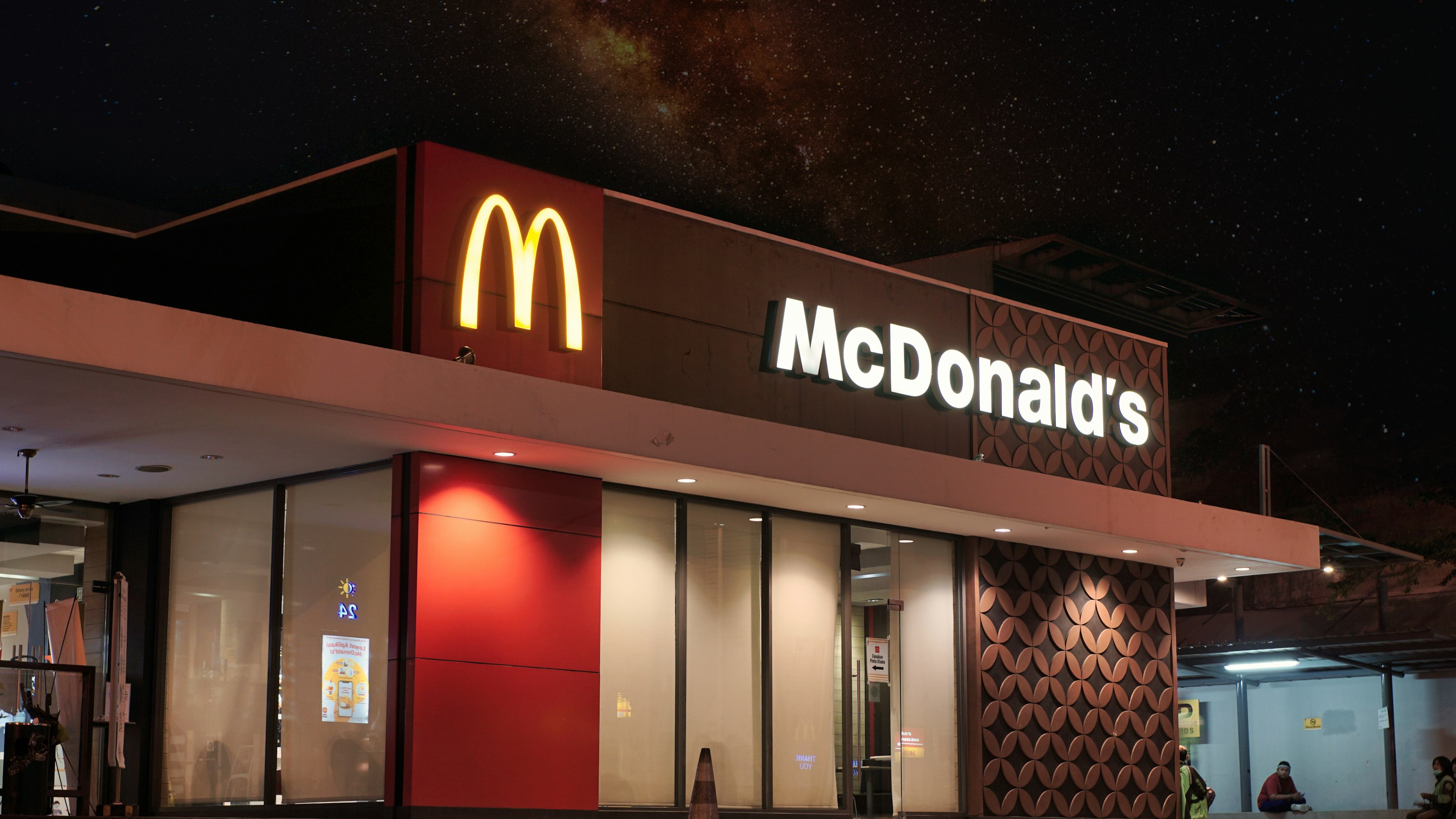
Did you really think McDonald’s got so big because of Big Macs and shakes alone?
When you think of McDonald’s, images of Big Macs, Happy Meals, and golden arches likely come to mind. However, beneath the surface of this fast-food giant lies a less-discussed but highly lucrative aspect of their business model: real estate.
Surprisingly, McDonald’s makes a substantial portion of its revenue from real estate, and understanding this can offer fascinating insights into corporate strategy and income generation.

McDonald’s: More than Just a Fast-Food Chain:
- A Dual Business Model: McDonald’s is known worldwide for its fast-food operations. However, it also operates one of the world’s most extensive commercial real estate empires.
- Real Estate Roots: The foundation of McDonald’s real estate strategy was laid by Ray Kroc, who realized that real estate, more than burgers, would drive profit.
How the Real Estate Model Works:
- Franchising and Land Ownership: A significant portion of McDonald’s restaurants are franchises. The key is that McDonald’s owns the land and the building where the franchisee operates. Franchisees pay rent to McDonald’s, a cost that includes a percentage of their sales.
- Location, Location, Location: McDonald’s excels at choosing prime real estate locations, ensuring high visibility and traffic for its franchises, thereby commanding higher rents.
The Financial Benefits of This Approach:
- Steady Income Stream: Rent payments provide McDonald’s with a stable, predictable income stream, separate from the volatility of the fast-food industry.
- Asset Appreciation: The value of the properties McDonald’s owns generally appreciates over time, contributing to the company’s asset base and overall valuation.
- Inflation Hedge: Property rents can be adjusted over time, offering protection against inflation – a benefit not as easily achieved through burger sales.
Risk Management:
- Reduced Operational Risk: By separating the real estate ownership from the restaurant operations, McDonald’s mitigates its risks. Even if a franchisee struggles, McDonald’s still receives rent.
- Control Over Franchisees: This business model gives McDonald’s considerable control over its franchises, as it can dictate lease terms and conditions.
Criticisms and Challenges:
- High Operating Costs for Franchisees: The model has faced criticism for the financial pressure it places on franchise owners due to high rent costs.
- Market Fluctuations: While real estate generally appreciates, the market can fluctuate, posing risks.
Lessons from McDonald’s Model:
- Diversification Is Key: McDonald’s shows the power of diversification – not relying solely on one business line for income.
- Investing in Assets: Owning and investing in appreciating assets like real estate can provide long-term financial stability and growth.
McDonald’s serves as a prime example of how conventional business models can be reimagined for greater profit and stability. The fast-food giant’s success in real estate highlights the importance of asset ownership, location selection, and the benefits of a stable income source. While it’s famous for its food, McDonald’s real financial prowess lies in its real estate empire, a strategy that has solidified its place as a global corporate powerhouse. Whether you’re a fan of their fries or not, there’s no denying the smart economics behind those famous golden arches.









